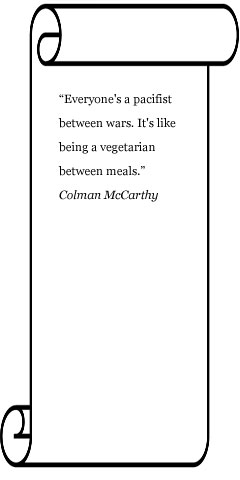| Pieces of Edelweiss
By Mike Bennighof, Ph.D.
October 2012
Some years ago, a famous game designer named Reiner Knizia cautioned me against ever writing or saying this next line, so having ignored all his other, wise advice, I’m going to do it again and spout off some stuff that will have him pulling his beard and shaking his head:
We’ve done a bunch of supplements over the years, but of all of them, Edelweiss is my favorite.
It’s appeared now in several editions, but the newest if the most pleasing to my ego. It now sports 161 laser-cut counters: fine pieces that clink like wooden tiles and no longer bear the tiny scorch markers of our first ventures into lasered pieces. It's a standard-sized sheet despite the odd number of pieces: four of them are double-sized to allow big river monitors and mechanized siege mortars. These may be the best game pieces I’ve ever seen – and they’re being used for my favoritest Panzer Grenadier item. They’re so cool it’s pretty much beyond words, so let me tell you about them anyway.
Foot Soldiers
German mountain organizations emphasized small-unit flexibility, and as a result the regular Army mountain platoon has slightly greater firepower than the corresponding infantry unit. During the initial mobilization, many Gebirgsjäger carried the Austrian Steyr-Mannlicher bolt-action rifle, a straight-pull weapon that could take a great deal of punishment and remain operable. As the war went on these Bundesheer hand-me-downs gave way to the Mauser 98 carried by regular infantry and some mountain troops, and then by later versions of the Mauser like the Gewehr 43.
  
Waffen SS mountain troops, on the other hand, performed very poorly in action and their low ratings reflect this fact. We chronicled their incompetence in some detail in our Sinister Forces book; like most SS formations the mountain troops proved themselves much more eager to massacre unarmed civilians than to face enemy soldiers who shot back at them.
In the Army mountain formations, machine gun platoons were smaller than the infantry's support platoons with an emphasis on mobility. Thus they have lower firepower ratings but have the same movement allowance as the infantry, allowing them to keep up with advancing troops.
Special Forces
In place of the cavalry, motorcycle or motorized platoons found in the reconnaissance battalions of regular infantry divisions, mountain divisions usually had a bicycle battalion. These troops did not fight from their machines, but tossed them aside when fighting broke out. Equipped with a tough, folding bike these troops proved surprisingly effective and much more mobile than foot soldiers.
  
Considering the bicycle a backward anachronism, SS leaders preferred that their formations keep their motorcycles whether they suited the mission or not. As with Fascist Italy, Nazi Germany worked hard to project a modern image, and that included its armed forces as well.
Most mountain divisions formed ski units of varying sizes, though these never appeared on the official tables of organization. The men came from the bicycle battalion or from experienced skiers drawn from the other battalions.
Mountain divisions had a comparatively large engineer establishment, in view of the anticipated need to build bridges and other conveyances to haul heavy weapons and supplies through rough terrain based on Austrian experience in the Great War. In action they also provided to hard edge to assaults against fortifications or in urban environments.
Heavy Weapons
The Austrian army had first issued specialized mountain artillery pieces in the early 1860s, and by the time of the Great War Austria's mountain troops had pieces designed to be broken down for ease of transport in rough terrain. The German army at first issued a variant of the standard 75mm infantry gun, one that could be broken into six to 10 pack loads for use by mountain troops. But in the mid-1930s they ordered a specialized mountain howitzer that began to reach the troops in 1938. This was a much more effective weapon, and appeared both as a battalion support weapon and in the mountain artillery regiments.
  
Like other German units, mountain troops discarded their worthless 37mm anti-tank guns when they had the chance to incorporate the much more capable Soviet 76.2mm field gun in its place. Supplementing field captures, the Army also officially issued the weapon after re-chambering it to take standard 75mm rounds. Those used by mountain troops in Lapland in 1941 were taken on the field, using ammunition from captured dumps.
All told it's a fine set of pieces. With such an expanded canvas on which to work, we'll doubtlessly have to return to the topic with more scenarios someday.
You know you need laser-cut mountain troops: order Edelweiss right now! |


